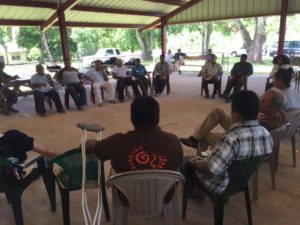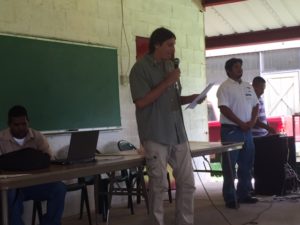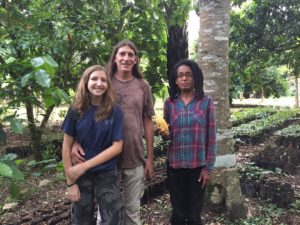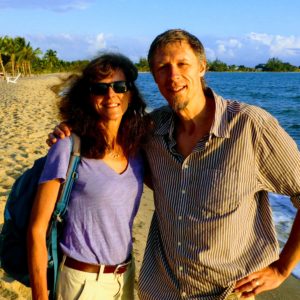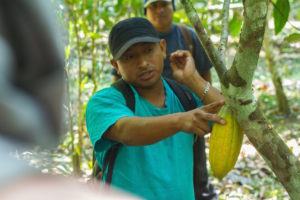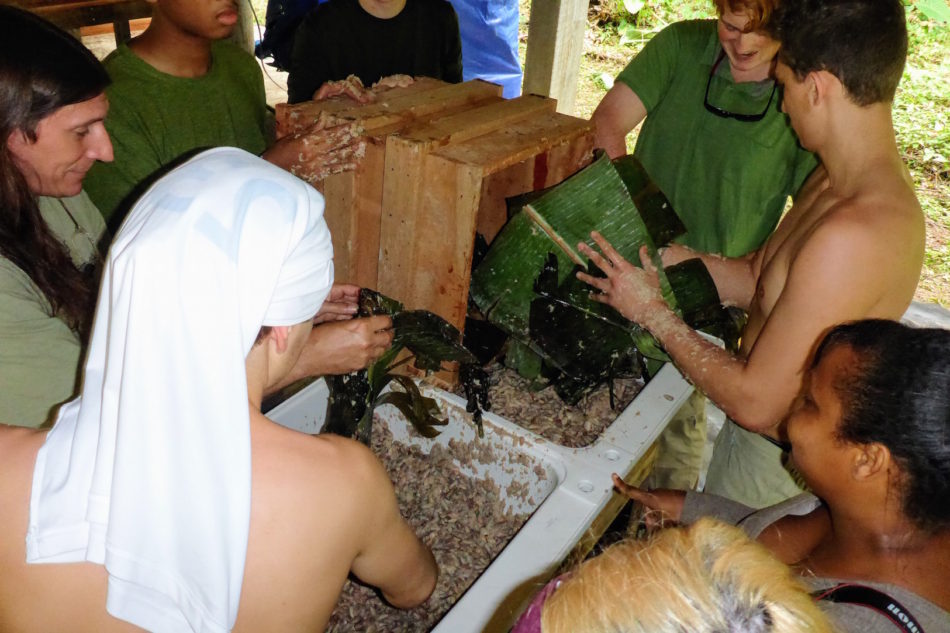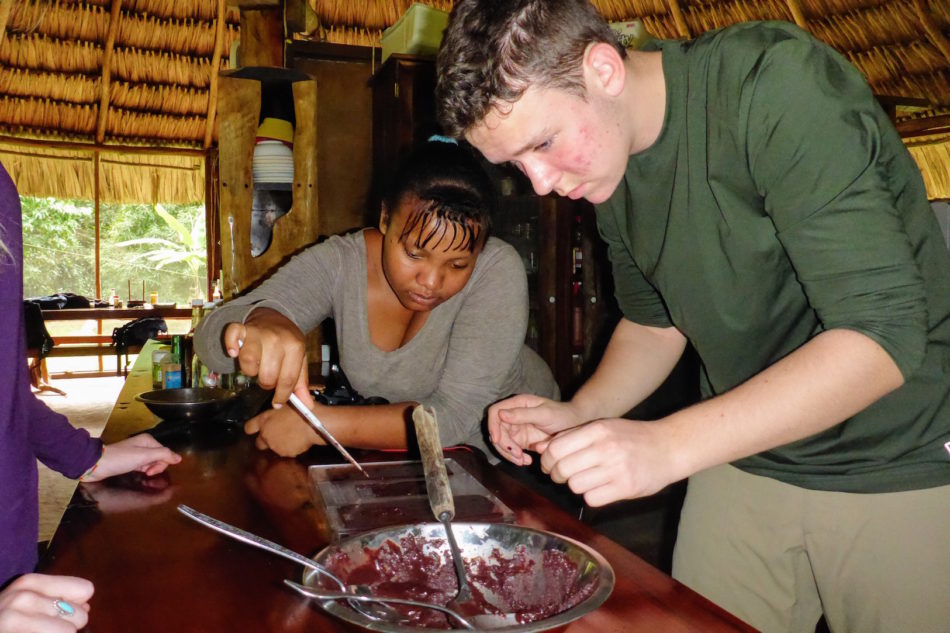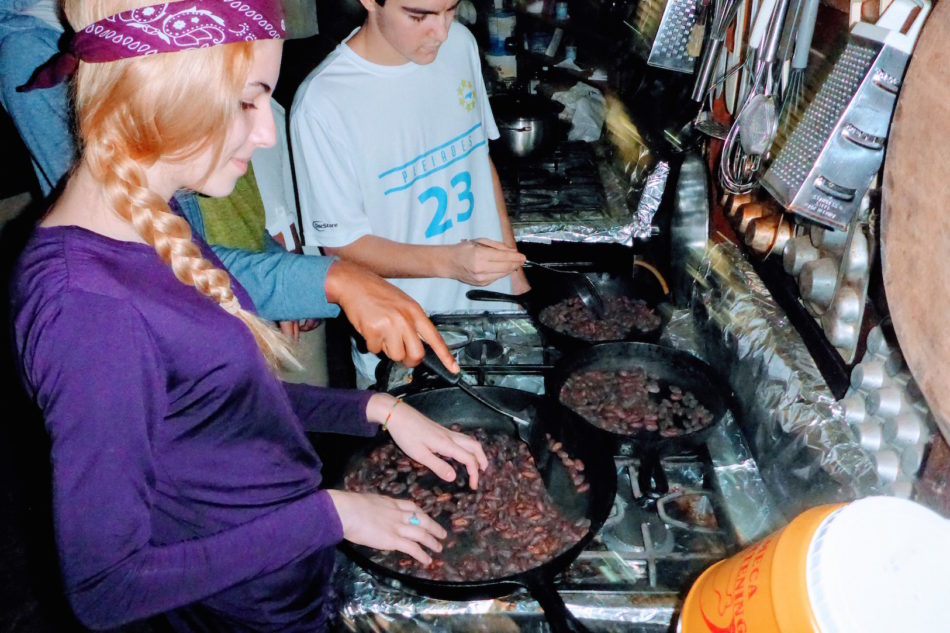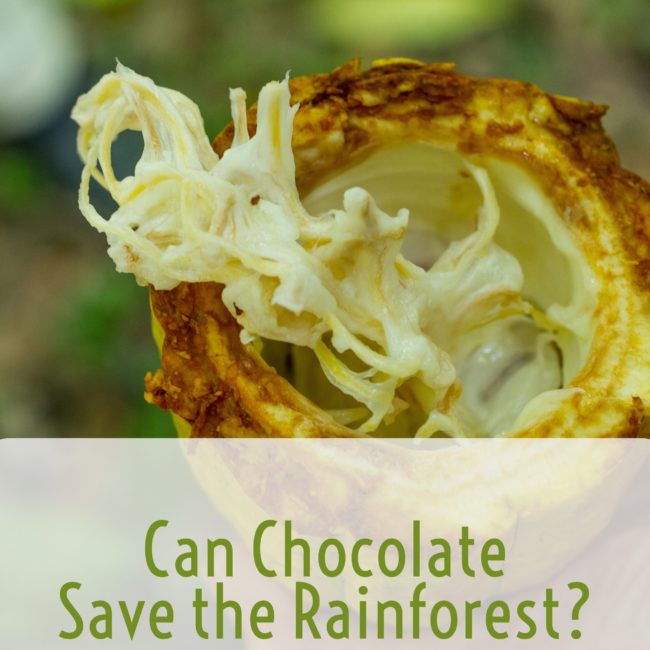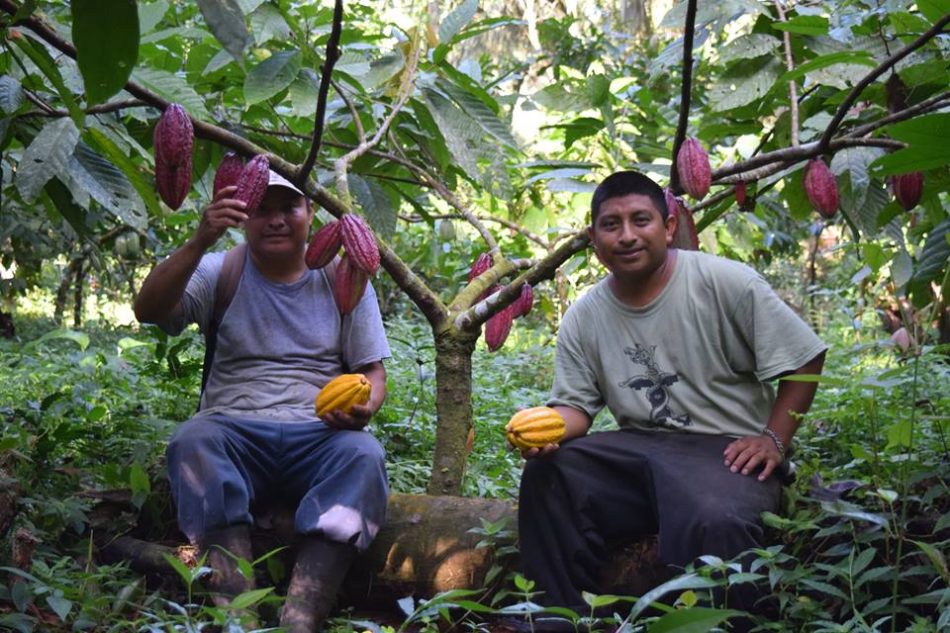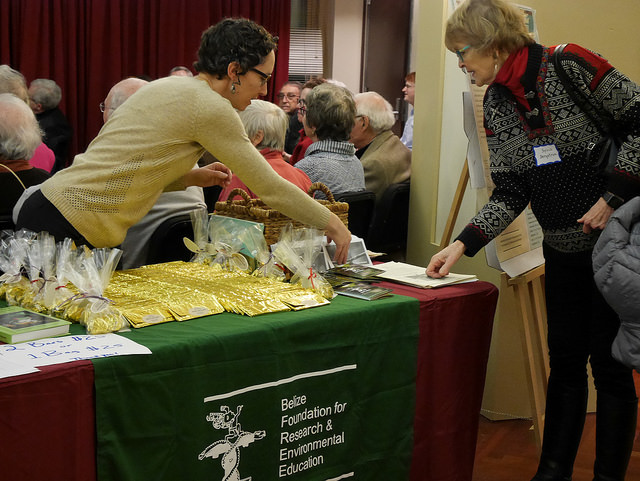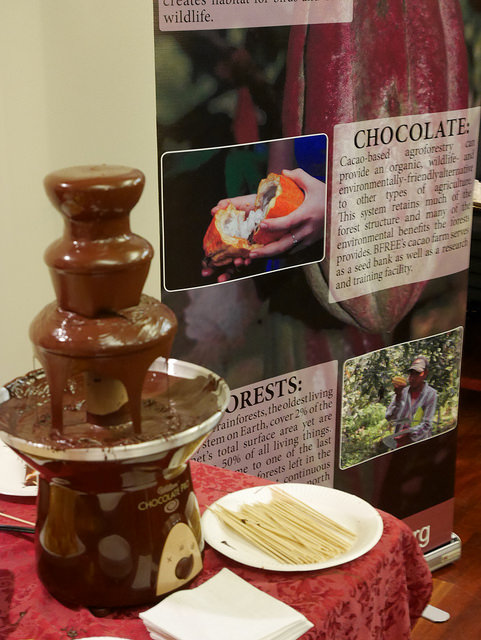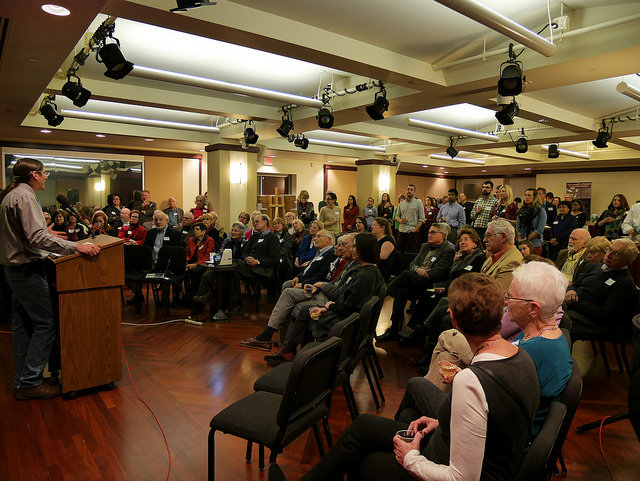BFREE 2017 Field Course Season wraps up this month with 172 students and instructors visiting the Field Station from as far as Scotland and Alaska. Eleven courses in total, including two junior colleges and one primary school from Belize, all traveled to our small slice of paradise off the Southern Highway.
BFREE field courses are each uniquely developed by the lead instructors and BFREE staff. Courses are created to reflect each school’s curriculum and goals. While each group is different, visitors to BFREE share many similar challenging and rewarding experiences.
Upon arrival to Belize, each group is welcomed at the airport by a BFREE Tour Guide. If you have the pleasure to be greeted by Nelly Cadle then you know you are in for a treat! Nelly’s experience, knowledge, and passion for her country and work are hard to match.
The hike from the Southern Highway to the BFREE Field Station is a memory hard to forget. Traversing several distinct habitats, each with unique plants and animals, leads you to the Bladen River, towering cecropia trees, and your final destination — The BFREE Field Station.
While at BFREE, groups not only learn about the various ongoing program work but have the chance to roll up their sleeves and get their hands dirty with first-hand experience supporting BFREE’s conservation initiatives. Students have the opportunity to visit the Hicatee Conservation & Research Center (HCRC), a breeding and research facility for the critically endangered hicatee turtle as well as the 15-acre cacao and coffee agroforest, home to over 12,000 cacao trees.
Assigned by their instructors, many students are tasked with developing research questions and collecting preliminary data while spending several days working on independent projects.
Students may choose to participate in various field experiments such as conducting river studies in the Bladen River, setting up small mammal traps for the Small Mammal Community Study or surveying selected plots in the Fruit Phenology Study.
In addition to the BFREE Field Station, many groups incorporate a marine component, learning about the second largest barrier reef system in the world, snorkeling from various islands around Belize.
There is nothing quite like traveling to a remote field station deep in a tropical rainforest to create memories and friendships that will last a lifetime.
On behalf of all of us at BFREE, we would like to extend a sincere thank you to all of the instructors, administrators, students, and parents that helped make the 2017 BFREE Field Season one of the best yet! We can’t wait to see you all again!
If you are interested in visiting BFREE, whether it be a student group, family vacation, solo adventure or interest in volunteering, we would be thrilled to have you! Contact BFREE Program Coordinator, Tyler Sanville at tsanville@bfreebz.org for more information.
2017 BFREE Field Courses
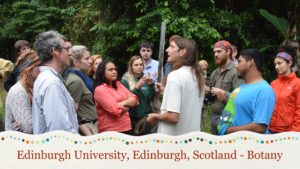
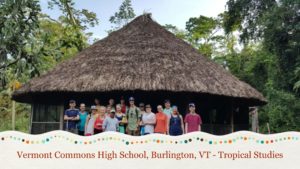
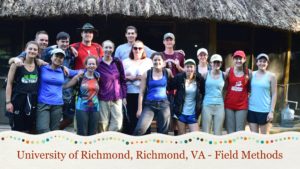
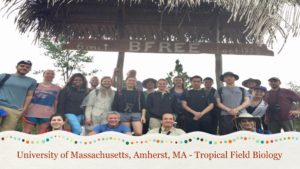
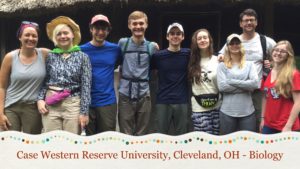
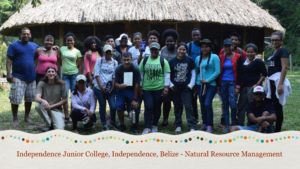
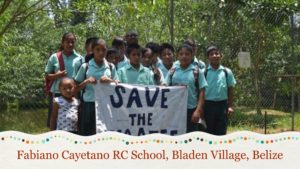
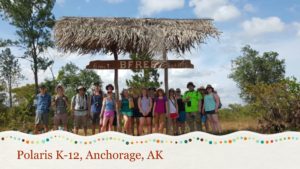

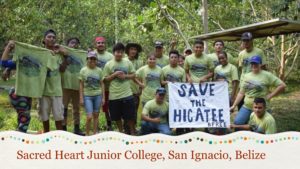
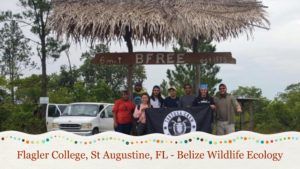
For even more Field Course information check out these links below:
University of Richmond Story Map

Click the link above to visit the University of Richmond’s Story Map put together by the fourteen students that visited BFREE this year.
Vermont Commons School Video: Belize is Our Classroom!

Vermont Commons School creates a compelling video documenting their trip to BFREE, check it out on YouTube: Belize is Our Classroom!
Volunteer with BFREE
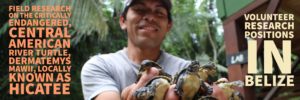
BFREE is now looking for volunteers to work with HCRC Manager, Tom Pop and the nearly 70 newly hatched hicatee turtles. Visit the link below for more info!
BFREE flickr Page
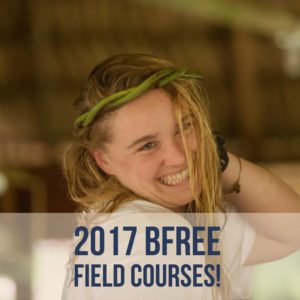
Find even more photos from the 2017 BFREE Field Course season on flickr!
Slideshow on Student Alumni Facebook Group

Watch all the group photos from 2017 in this slideshow on the BFREE Student Alumni Group Page. If you are a student alum, be sure to follow along!
 Earlier last year, BFREE Program Coordinator, Tyler Sanville, stitched together the “SAVE THE HICATEE” banner while on a visit to the Field Station. She cut letters out of old bed sheets and sewed them on one by one. The banner was first signed by Natural Resource Management students from Independence Junior College.
Earlier last year, BFREE Program Coordinator, Tyler Sanville, stitched together the “SAVE THE HICATEE” banner while on a visit to the Field Station. She cut letters out of old bed sheets and sewed them on one by one. The banner was first signed by Natural Resource Management students from Independence Junior College. 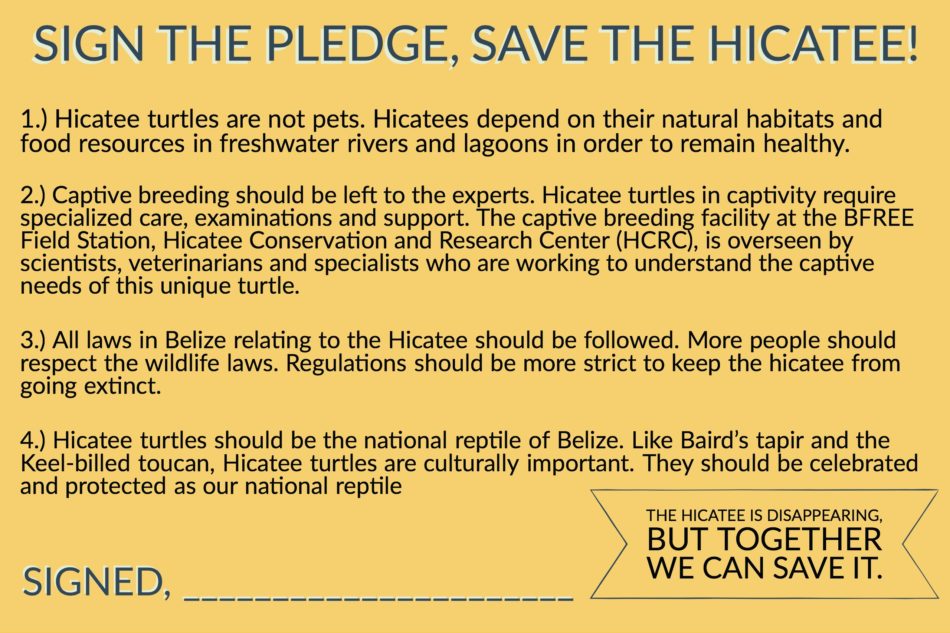
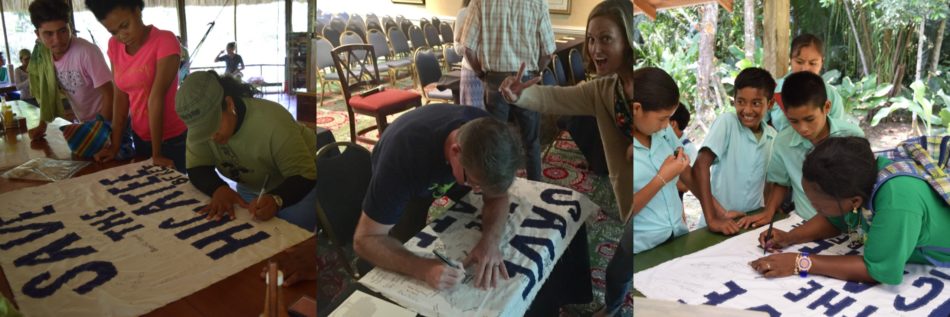
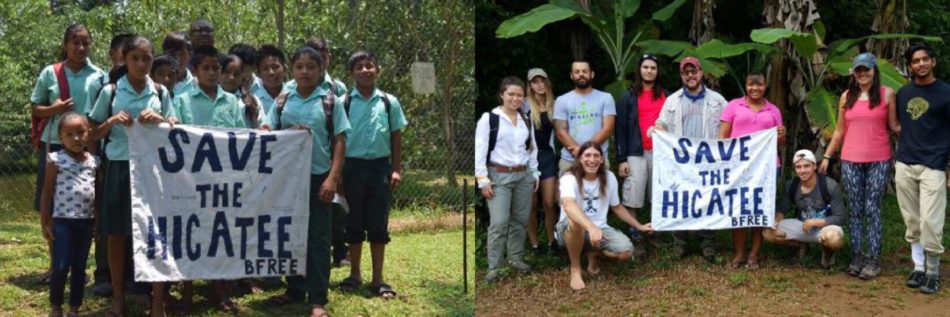
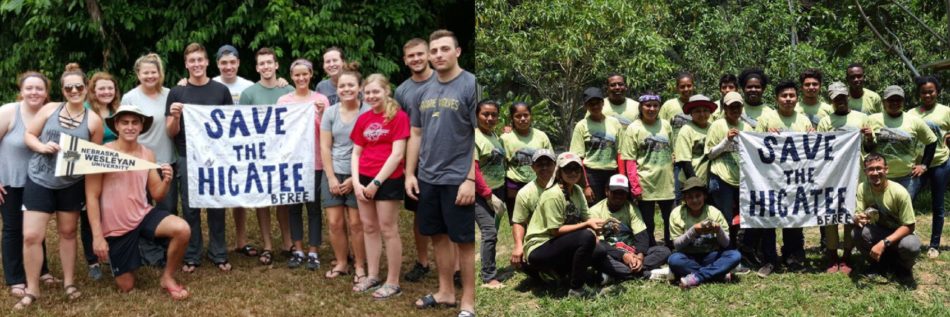
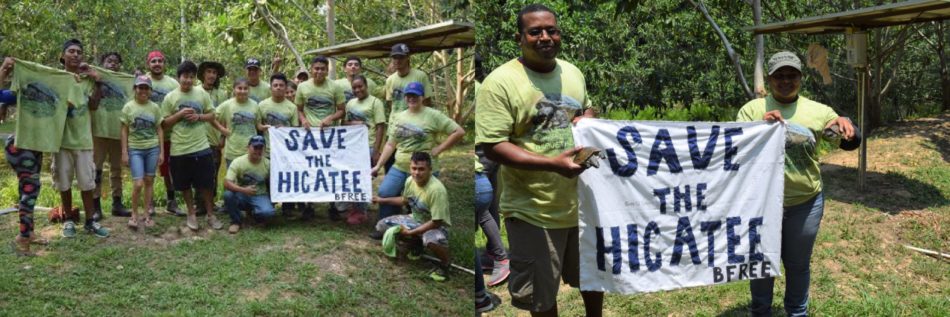

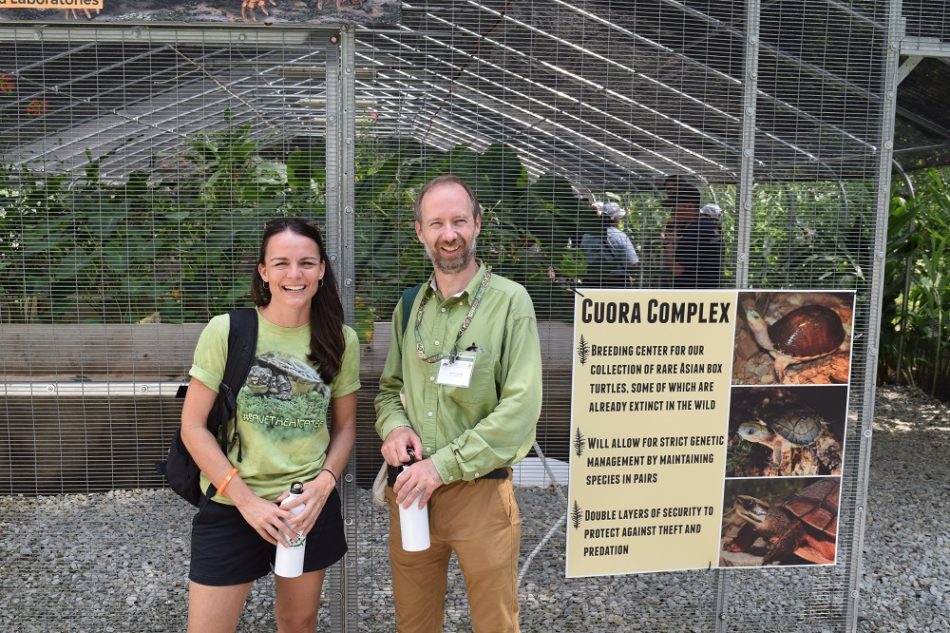

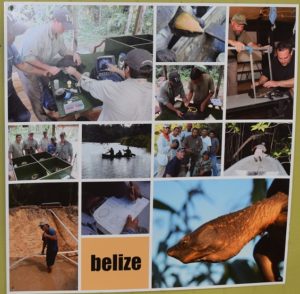
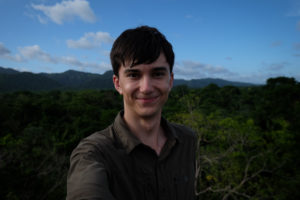 Parr McQueen, an undergraduate student at the University of Richmond traveled to Belize with BFREE earlier this year along with thirteen other classmates. The Field Course led by Dr. Amy Treonis and Dr. Kristine Grayson was focused on using experiential field methods to learn how scientists study the natural world.
Parr McQueen, an undergraduate student at the University of Richmond traveled to Belize with BFREE earlier this year along with thirteen other classmates. The Field Course led by Dr. Amy Treonis and Dr. Kristine Grayson was focused on using experiential field methods to learn how scientists study the natural world.